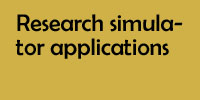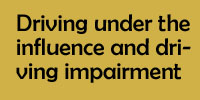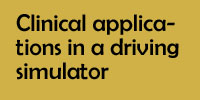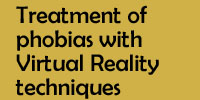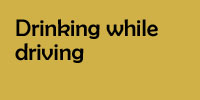In a driving test (also known as a driving exam) a person’s ability to drive a motor vehicle is tested. It is required to pass the test in order to obtain a driver’s licence. Usually, a driving test is separated into two parts: a road test, to assess driving ability, and a theory test, to test the knowledge of traffic rules and regulations.
The theory test usually is standardized and the same for all people who apply for the test. This makes the test fair. The situation for the road tests is totally different, however. In some countries the road test is restricted to testing the ability to control the vehicle. This concerns a maneuverability test that consists of driving through a set of traffic cones, reversing around a corner and making emergency stops. In other countries, the test consists of driving in traffic in various situations. The situations to which the student is exposed can differ widely. Some students perform the test in a complex urban traffic environment, while others enter and exit a highway a few times. Also, the interrater reliability is often very low, meaning that some examiners are more strict than others. This situation can make passing a road test look like a lottery.
It is often questionable whether the road test really tests the ability to drive a vehicle. Driving a vehicle entails much more than simple being able to control the vehicle. You have to be able to drive safe as well. You have to be able to anticipate on potentially dangerous situations, recognize road signs and know how to apply the rules of the road.
With a car driving simulator, driving tests can be made more fair. You can use a driving simulator to give every person the same test. This should preferably be a standardized test in which all relevant situations are included. Also, the problem of inter-examiner reliability is solved because the simulator software will rate driving behaviour consistently and apply the same norms for all students.
It will probably be a long way before driving simulators are used to test driving ability and replace the current road tests, but I think it will be a big step forward in terms of fairness and quality.




